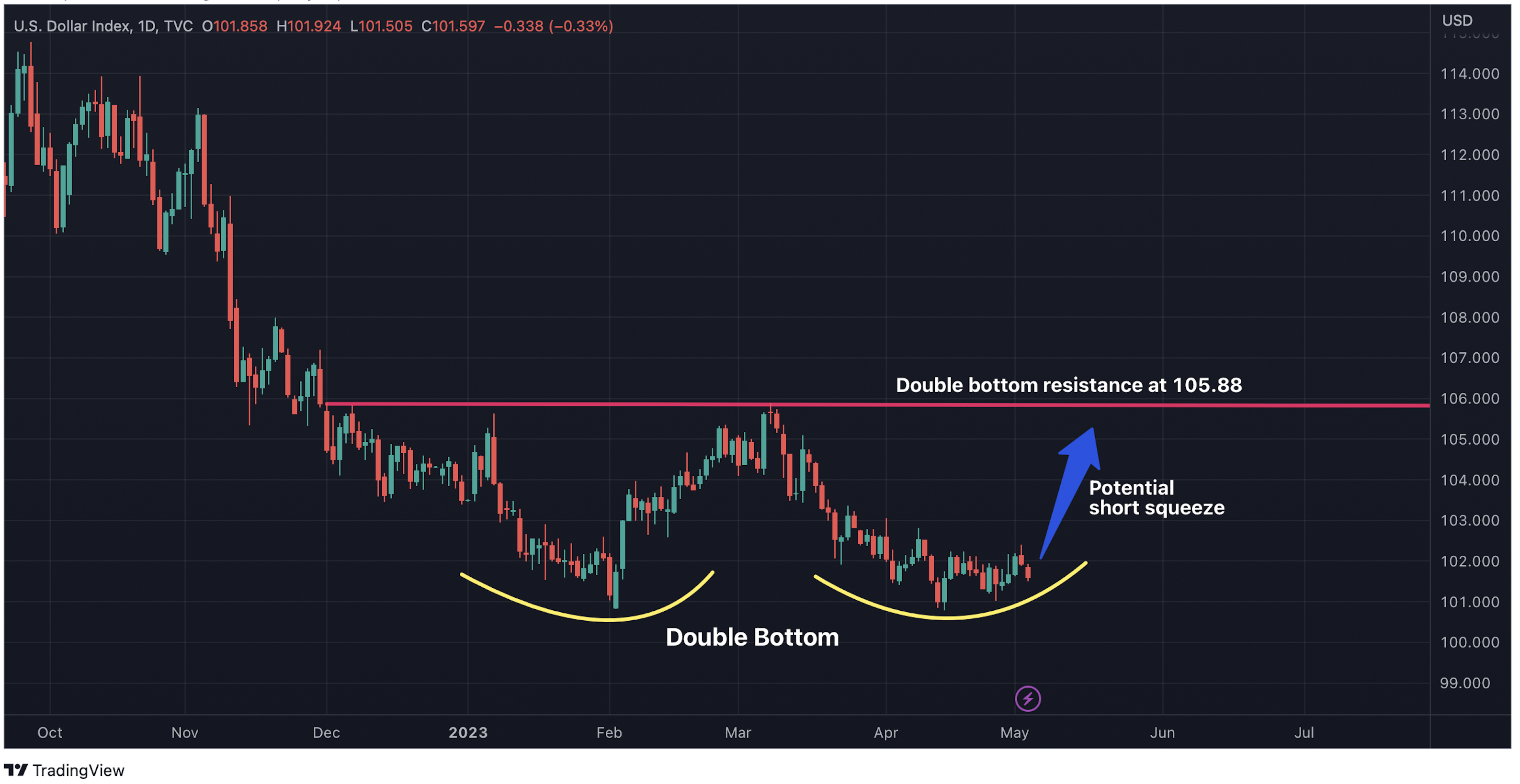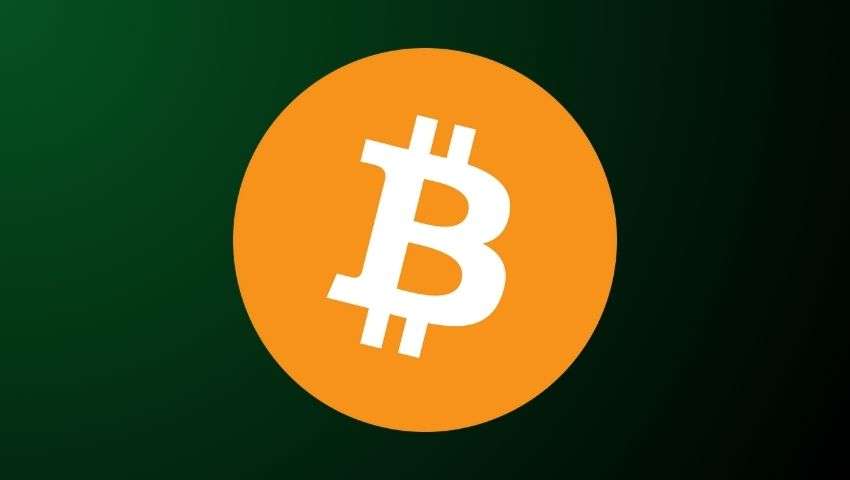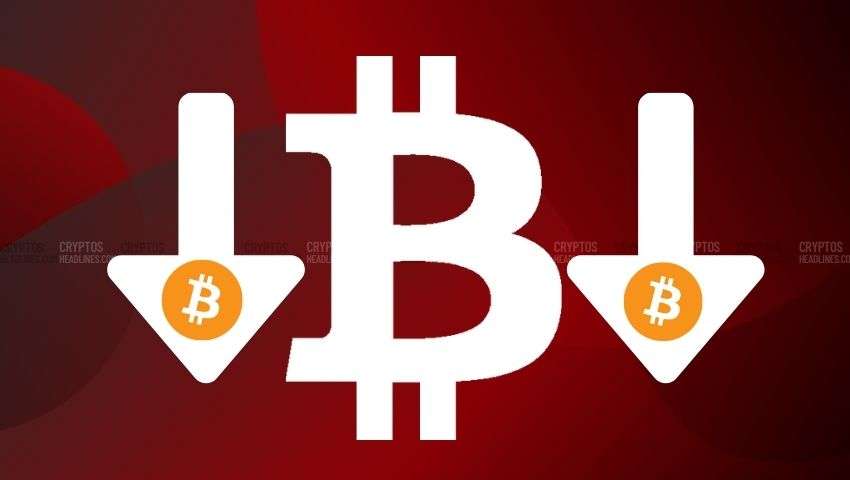A short squeeze happens when traders who bet against a stock or asset (known as short selling) start buying back to cover their losses, causing the price to rise rapidly.
Bitcoin (BTC) and ether (ETH), which are the two most valuable cryptocurrencies, have risen in value by 70% and 56% respectively this year. This increase in value has surpassed the growth rate of conventional high-risk assets by a large margin.
Bitcoin and ether’s bullish run this year may come to a halt if the U.S. dollar, which has been heavily shorted, experiences a short squeeze – a rally that occurs when traders with bearish positions exit their trades, according to QCP Capital. The dollar has recently found a price floor against major fiat currencies, indicating the possibility of a short squeeze.
QCP Capital, a Singapore-based options trading firm, has said in a note to CoinDesk that the most significant challenge for cryptocurrencies is the USD. According to QCP’s market insights team, the market is largely positioned in a short position, which puts it at risk of a short squeeze. This, in turn, could push bitcoin, ether, and gold prices lower.
Bitcoin has typically moved in the opposite direction of the dollar index. Recently, this negative relationship has become stronger, indicating that a short squeeze in the dollar could have a negative impact on both the leading cryptocurrency and the wider market.
Shorting is when someone bets on an asset’s price going down. A short squeeze happens when the price of the asset moves up, causing people who bet against it to buy back the asset to avoid losing more money. This buying pressure adds to the upward movement in prices.
The dollar index measures the value of the US dollar compared to other major currencies. It reached its highest point at the end of September 2020 and has since dropped by over 13%. This is because the Federal Reserve (Fed) is expected to not raise interest rates. According to data from Scotiabank, collected by Wall Street Journal, hedge fund managers have bet against the dollar, which has reached around $12.2 billion as of April 25.
Will the dollar see a short squeeze?
Traders anticipate the Federal Reserve will make a final 25 basis point rate hike later today and then move to reduce rates from July, as shown by the Fed funds futures. The Fed began increasing rates in March 2018, which had a negative impact on risk assets, including cryptocurrencies. Since then, they have increased rates by a total of 475 basis points.
According to QCP Capital, the shift in Fed policy has already been factored into the market. However, it is the US banking crisis, debt ceiling, and potential recession that will affect the value of the dollar moving forward. QCP believes that the dollar’s 12% drop is based on the worst-case scenarios for these factors and could result in a short-term rise in value.
Double bottom in DXY
A couple of weeks ago, the dollar index rose from levels close to its February low of 100.82. This confirmed the bullish “double bottom” pattern in technical analysis.

Image Source “CoinDesk”
In technical analysis, the bullish “double bottom” pattern indicates that the buyers have shown strength twice around the same level, forming a solid base for the asset’s price to move higher.
QCP’s insights team has observed a positive divergence in RSI and MACD, and a potential double bottom at 101 in the USD (DXY). They think that the key level to the upside for the USD is 102.5. If the USD breaks higher from this level, it could lead to a sharp correction in cryptocurrencies.
The relative strength index helps to determine if an asset is either oversold or overbought, while the MACD indicates the strength of a trend and its changes. A positive divergence takes place when the price of an asset falls to a new low, but the RSI and/or MACD start to rise. This suggests a potential shift to a bullish momentum.

Image Source “CoinDesk”










